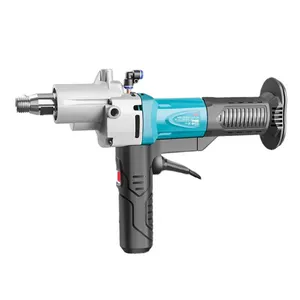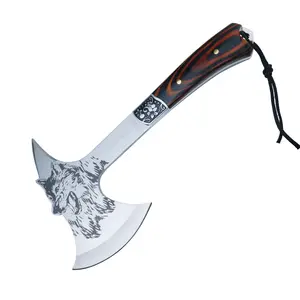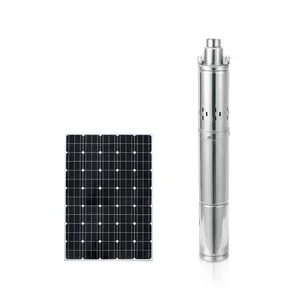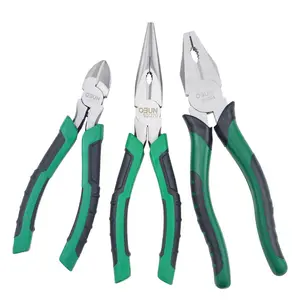Popular in your industry



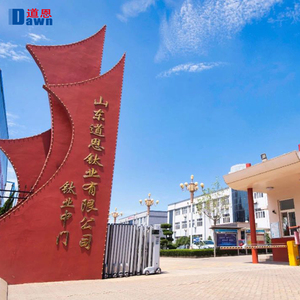
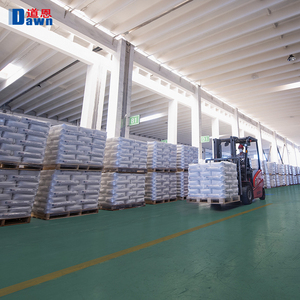

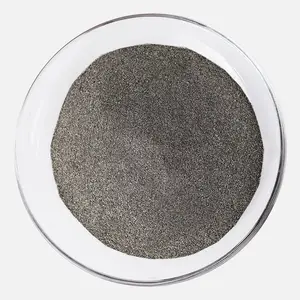


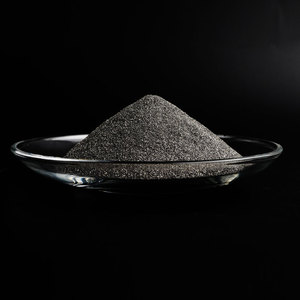
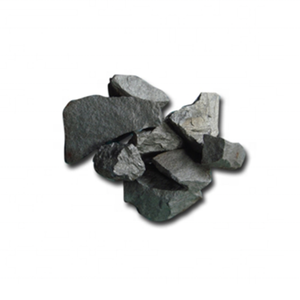







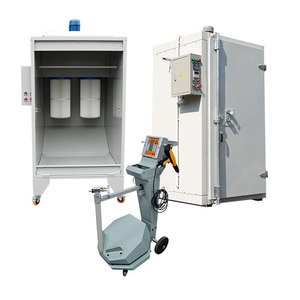

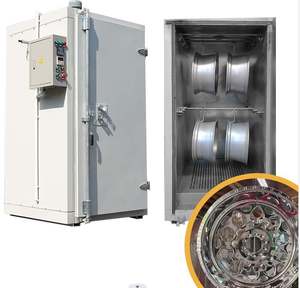


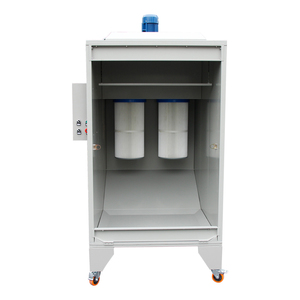
















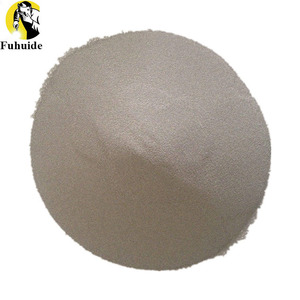
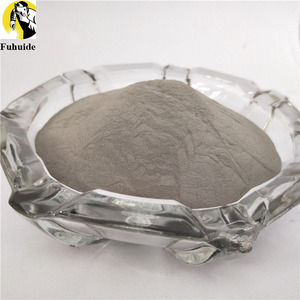

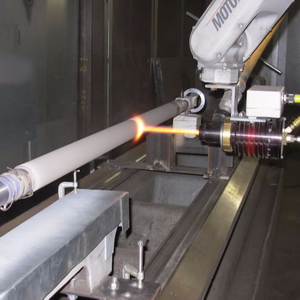
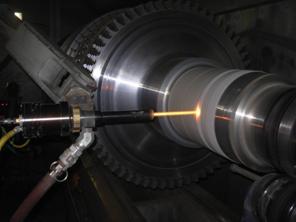
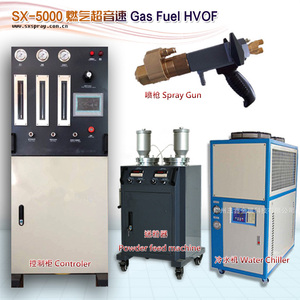


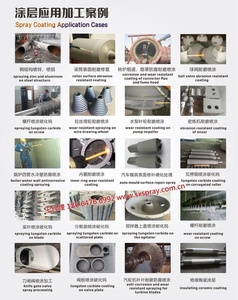


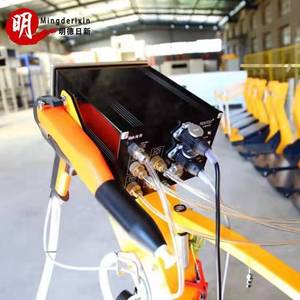

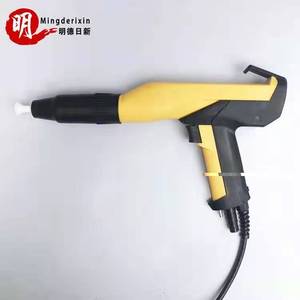


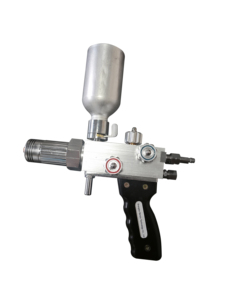


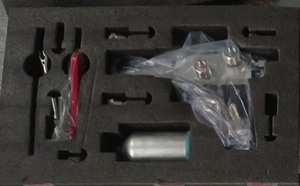

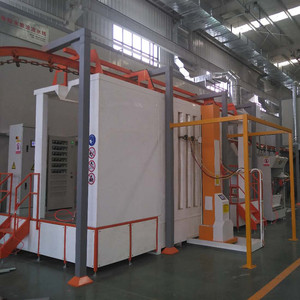

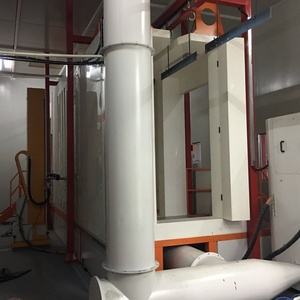

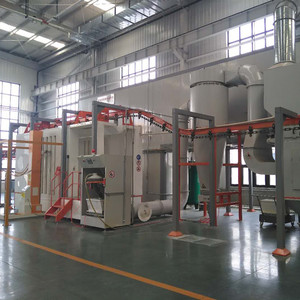
Related Searches:




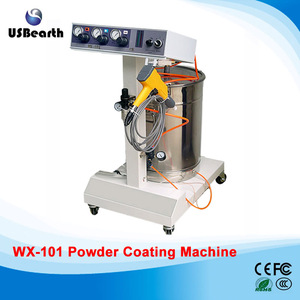


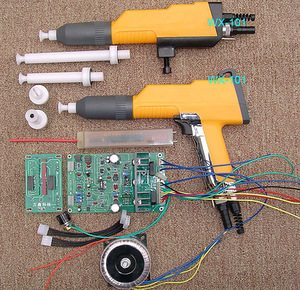


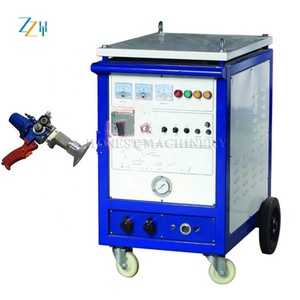



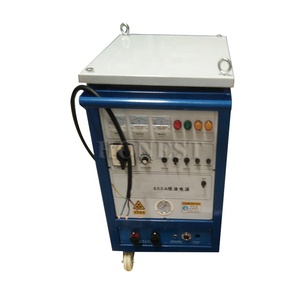

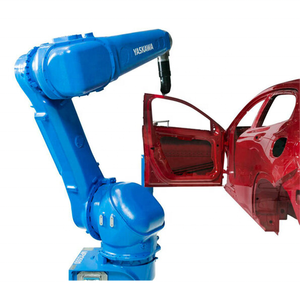





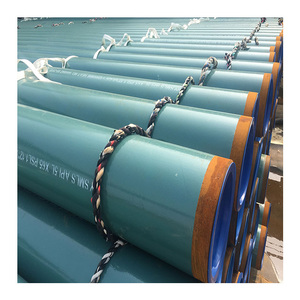


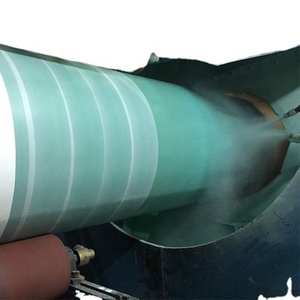


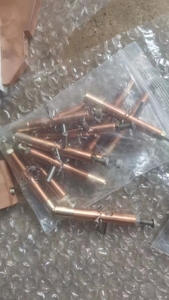



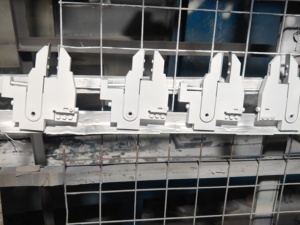
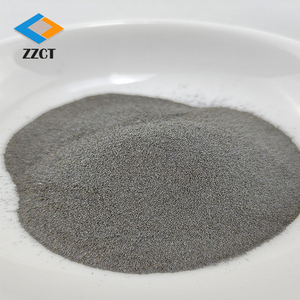


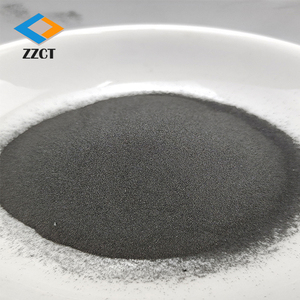
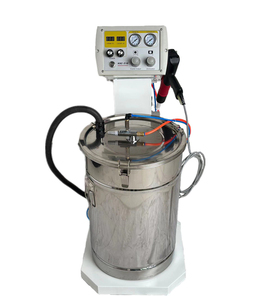


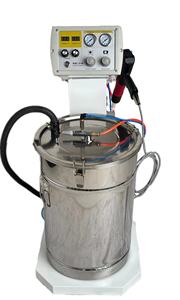


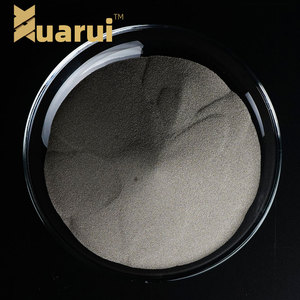




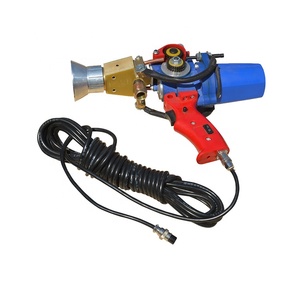











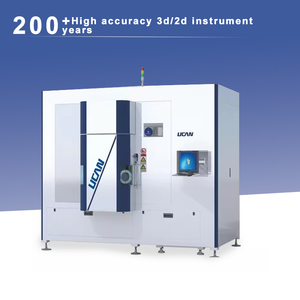











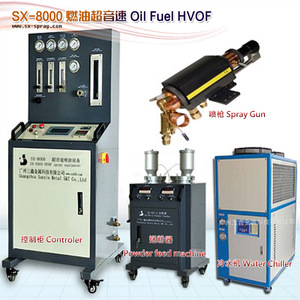
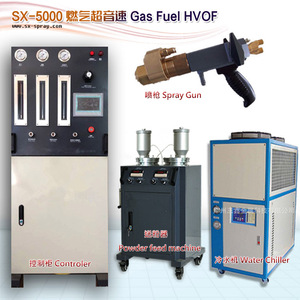
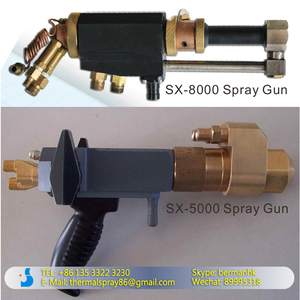
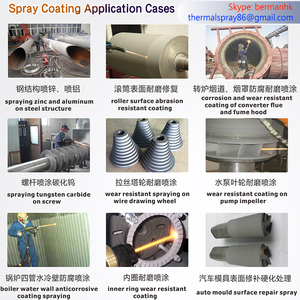
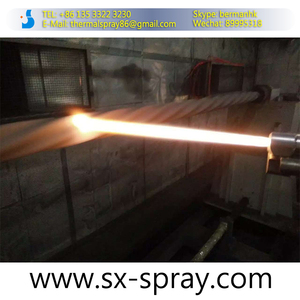

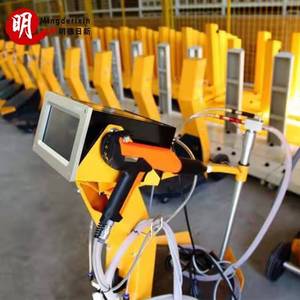


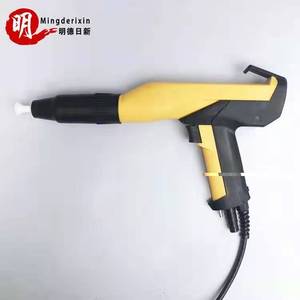
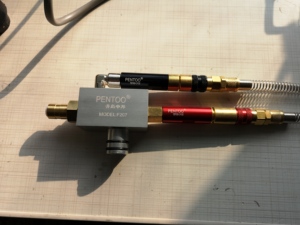
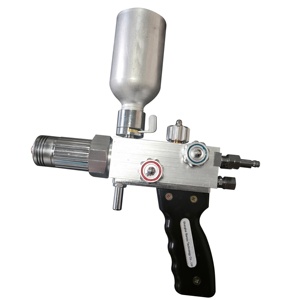
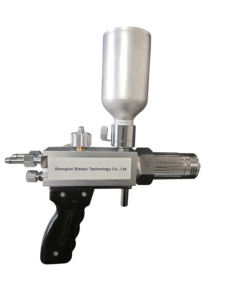





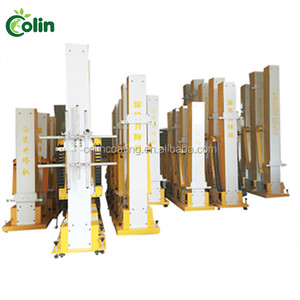

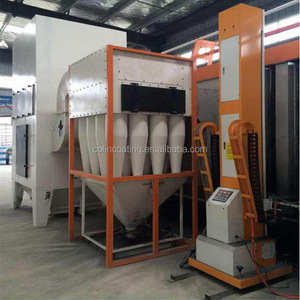



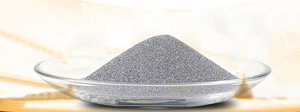


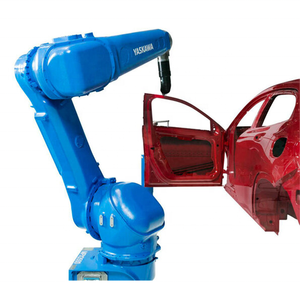
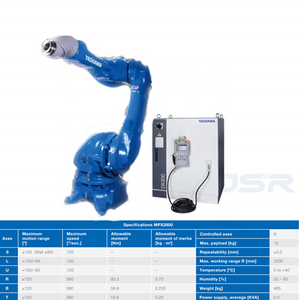















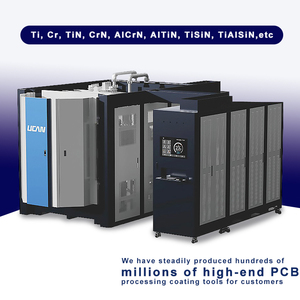
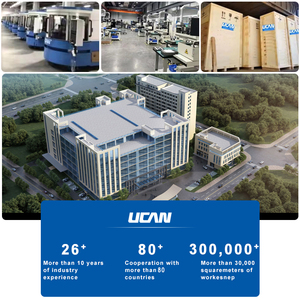



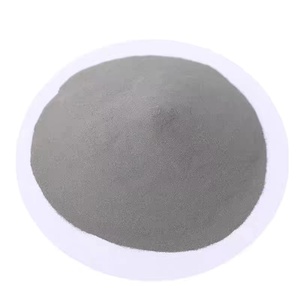











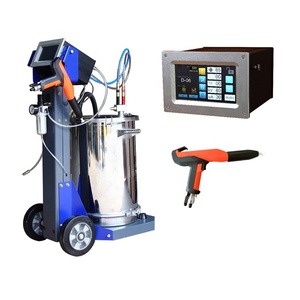






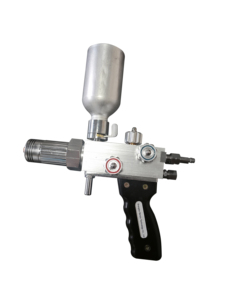
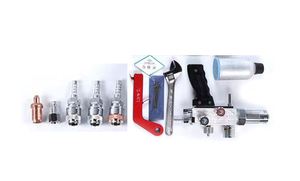




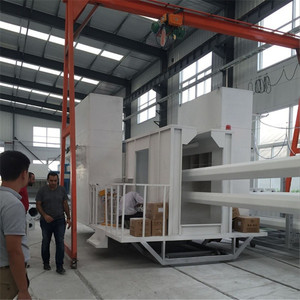
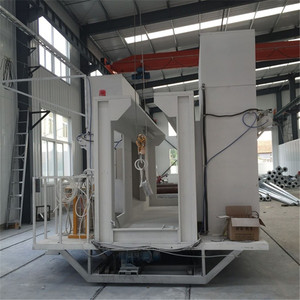




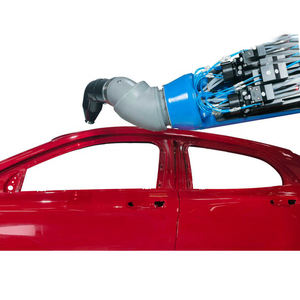

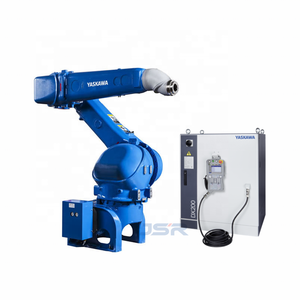


Top categories
About spray welding powder
Spray welding powder is a specialised substance utilised in spray welding—a variant of thermal spraying that applies coatings to surfaces. This method is vital in numerous industrial scenarios where surface enhancement or restoration is necessary. Comprising metallic or ceramic elements, the powder is engineered to melt and be propelled onto a surface by a metal powder spray welding torch. The powder's quality is pivotal, as it directly influences the coated surface's integrity and functionality.
Types and Characteristics of Spray Welding Powder
The array of spray welding powder encompasses diverse alloys and composites, each customised for particular uses. Nickel-based alloy powders, such as Ni55, are prized for their superior resistance to thermal fatigue and their capacity to endure high temperatures without compromising strength. Conversely, powders like WC10Ni are selected for their hardness and wear resistance, essential for applications involving cutting tools and dies. These powders are formulated with specific granularity and flowability to guarantee a seamless application and consistent coating thickness, both of which are crucial for the durability and efficacy of the treated surfaces.
Structure and Operation of Metal Powder Spray Welding Equipment
The metal powder spray welding torch is a feat of engineering, crafted for precise and controlled powder delivery. Its structure includes a hopper for storing powder, a feeding mechanism to regulate powder flow, a gas flow system for flame generation, and a nozzle to direct the molten particles onto the substrate. The feeder's role is to maintain a consistent powder flow, as irregularities can cause coating inconsistencies. The gas flow system, often employing an oxygen-acetylene mixture, must be meticulously adjusted to produce the ideal flame for melting the powder without causing substrate overheating and distortion.
Materials and Properties in Spray Welding Powder
The constituents of spray welding powder are selected based on their inherent properties to satisfy the demands of specific industrial tasks. For example, copper-based powders are favoured for their outstanding electrical and thermal conductivities, proving indispensable in electrical repairs. Stainless steel powders are chosen for their corrosion resistance, crucial in environments with corrosive elements. The powders' hues, ranging from silver to green, are not just aesthetic but often signify the inclusion of certain elements or coatings that confer additional benefits such as enhanced visibility during application or identification of material types.
Business Usages and Applications of Spray Welding Powder
In the commercial sphere, the uses of spray welding powder are varied and significant. The automotive sector employs these powders to restore engine components, thus markedly prolonging vehicle lifespan and reducing material waste. In manufacturing, tools and machinery parts are coated to combat wear, leading to fewer replacements and maintenance outages. The energy industry applies these powders to turbine blades and other parts, enabling them to endure extreme conditions and operate more efficiently. Each application not only aids in cost reduction but also fosters sustainability by extending the service life of existing machinery.
Functions of Spray Welding Powder
The primary role of spray welding powder is to safeguard and augment surface attributes. It is crafted to reinstate dimensions on worn components, a critical aspect in preserving machinery precision. Moreover, it can bestow desired surface traits such as enhanced hardness for abrasion resistance or a thermal barrier to guard against elevated temperatures. The adaptability of spray welding powders allows for their use in various ways, from creating anti-corrosion layers to mending damaged surfaces, underscoring their essential place in maintenance and repair operations.
Features of Metal Powder Spray Welding
Metal powder spray welding stands out for its ability to apply coatings without preheating the substrate, thus minimising the risk of material distortion or property alteration. The metal spray powder torch kit is designed for user-friendliness, with ergonomic features that alleviate operator fatigue during prolonged usage. The precision of the application permits focused repairs, especially advantageous when only a specific component area requires attention. This targeted method is not only efficient but also economical, as it conserves resources and shortens repair durations.
Benefits of Using Spray Welding Powder
The advantages of employing spray welding powder go beyond the immediate repair and protection of surfaces. The process is relatively clean, yielding minimal waste and often obviating the need for further finishing. The extended life it confers on treated parts results in decreased downtime and inventory expenses, as the necessity for spare components is lessened. Additionally, the capability to apply coatings in situ and on assembled machinery significantly curtails repair turnaround times, ensuring that production lines and vital equipment experience minimal disruptions.
How to Use and Maintain Spray Welding Equipment
Proper operation of metal powder spray welding gear is essential for attaining the desired outcomes. Operators must be skilled in adjusting the settings to suit different powder types and applications, including flame size and temperature, powder feed rate, and the torch-to-substrate distance. Maintenance is equally critical; routine cleaning of the torch parts, particularly the nozzle, is necessary to prevent blockages and maintain a consistent spray pattern. Regular inspections can forestall equipment malfunctions and downtime, making maintenance a key component in the reliability of the spray welding process.
Target Audience and Meeting Their Needs
The intended market for spray welding powder includes sectors that value equipment longevity and performance. This encompasses industries such as aerospace, where precision and resilience are imperative, and the marine sector, where resistance to severe environmental conditions is vital. Providers of spray welding powders cater to these industries by offering an assortment of powders that can be customised to meet specific requirements, ensuring that clients can attain the necessary surface properties for their distinct operational environments.
What are the safety considerations when using spray welding powder?
When deploying spray welding powder, safety is of utmost importance. Adequate ventilation is necessary to prevent fume inhalation. Protective gear, including gloves, masks, and eye protection, is essential to shield against the high temperatures and potential splashes that accompany spray welding. Adhering to all safety protocols specified by the metal powder spray welding torch manufacturer is also crucial.
Can spray welding powder be used for all types of welding?
Spray welding powder is specifically formulated for thermal spray welding processes and is unsuitable for all welding types. It excels in applications that necessitate surface coating or repair, as opposed to conventional welding methods designed to fuse two metal pieces.
How does the quality of spray welding powder affect the welding outcome?
The caliber of spray welding powder bears a direct correlation to the welding process's success. Premium powders guarantee uniform application, robust adhesion, and a lasting finish. Substandard powders may result in inadequate coating performance, diminished protection against wear and corrosion, and the potential for the welded component to fail.
